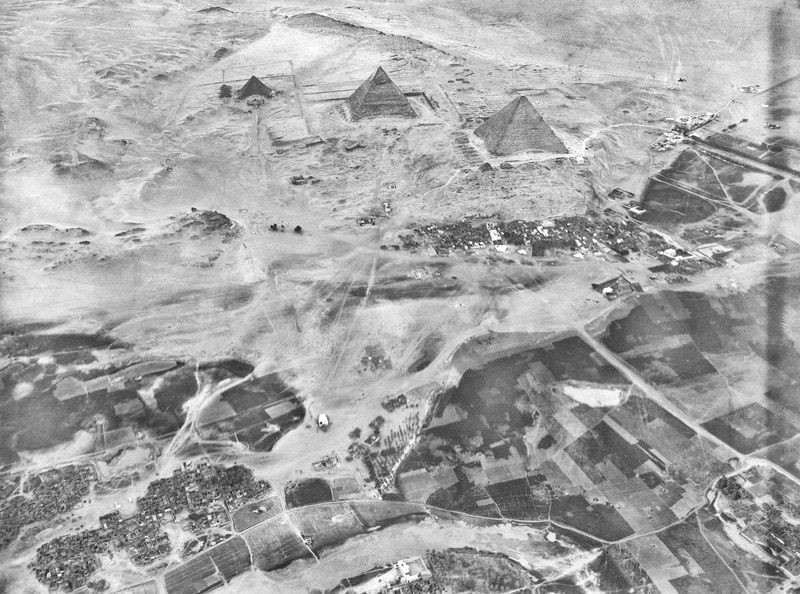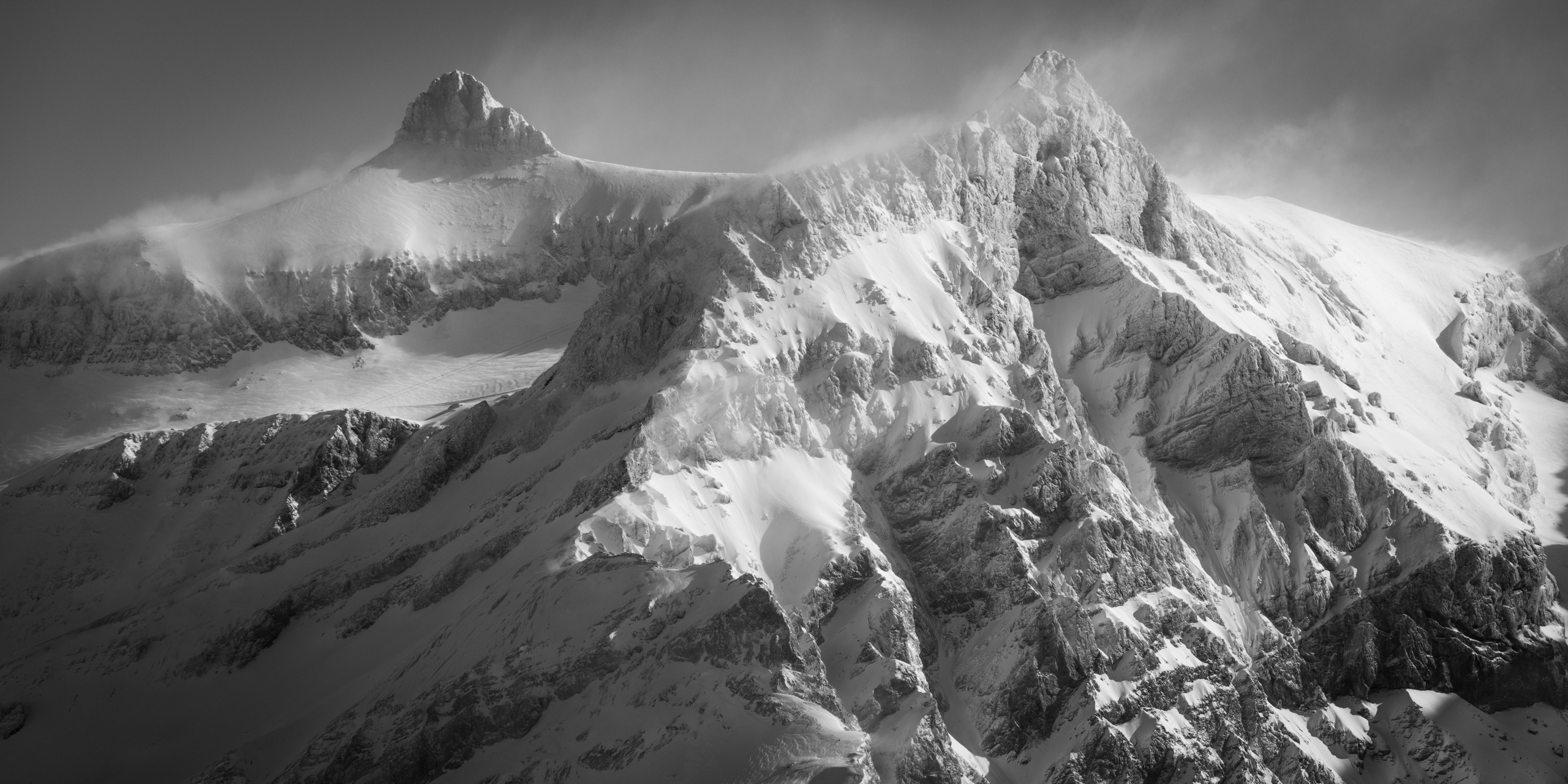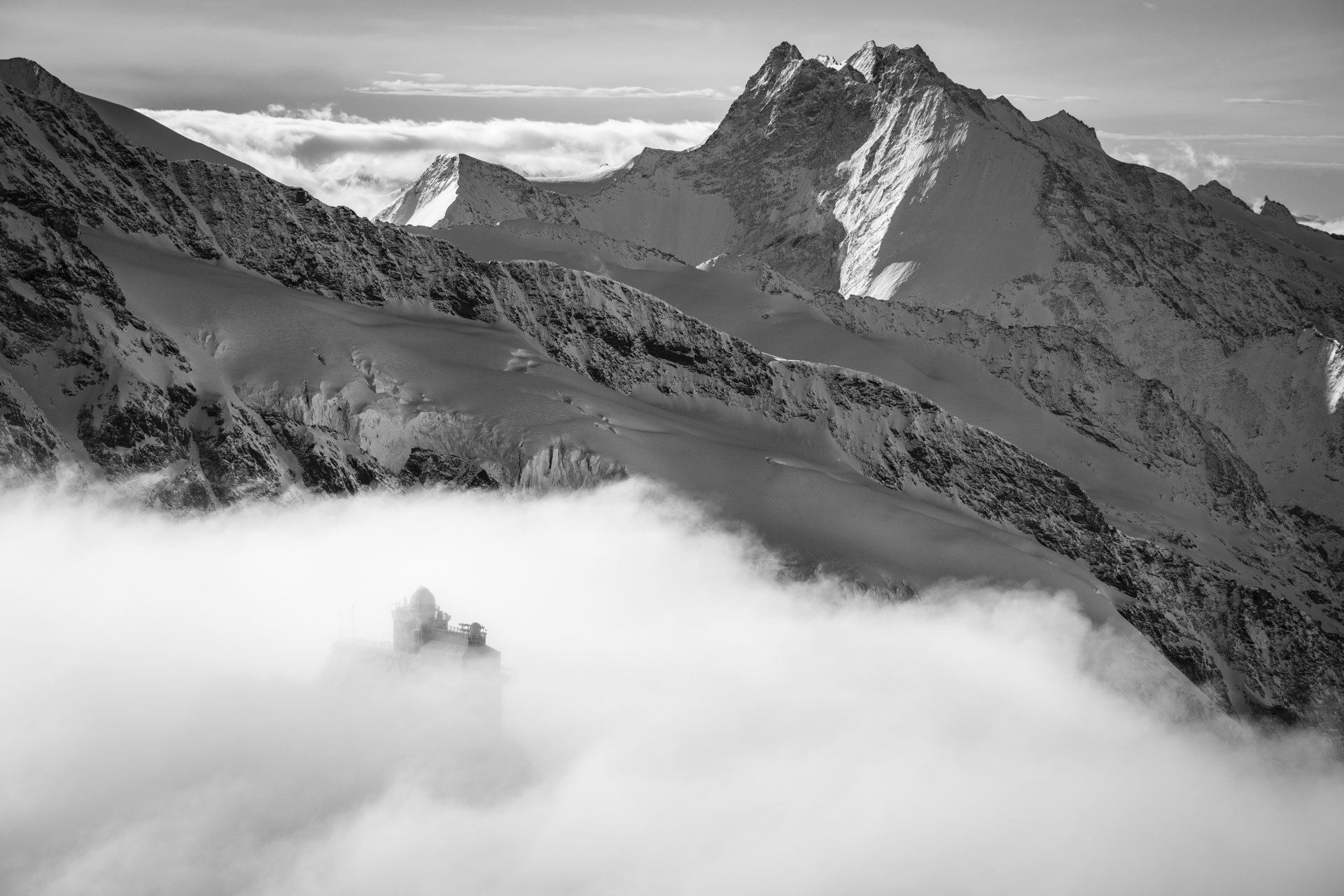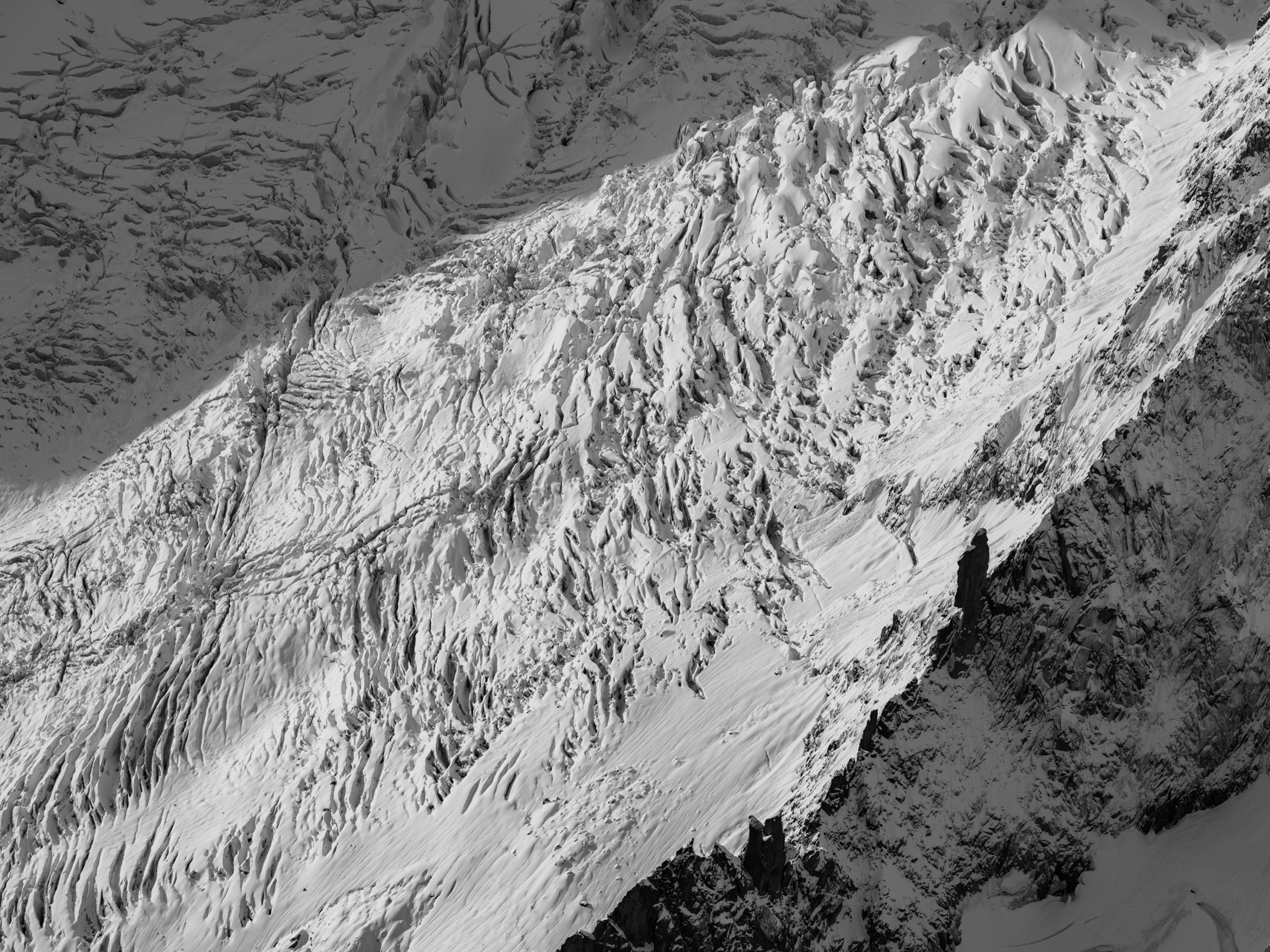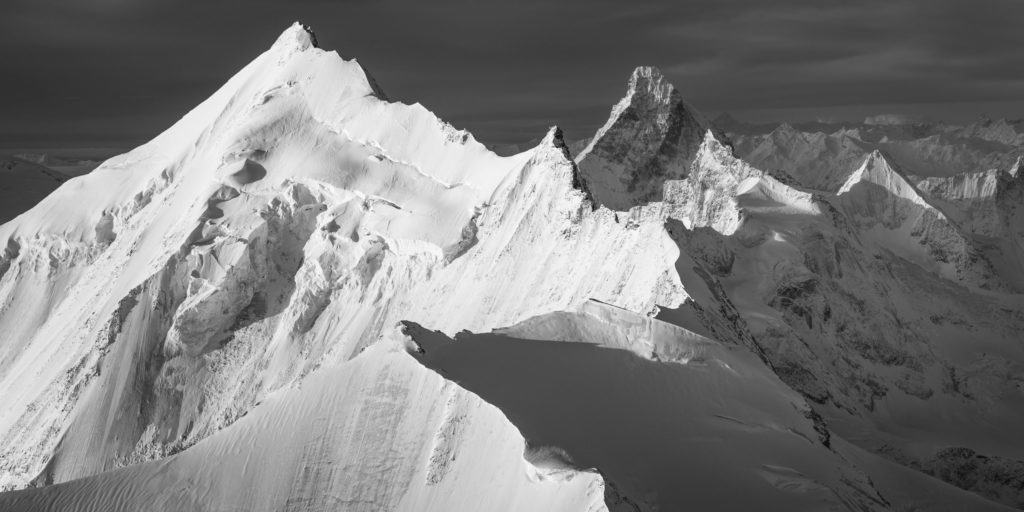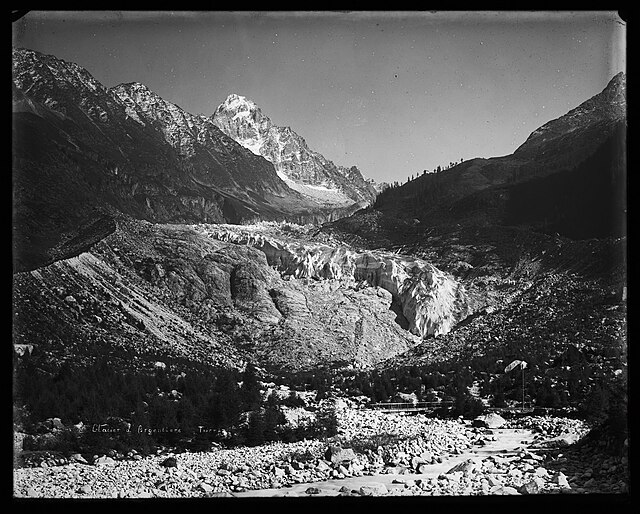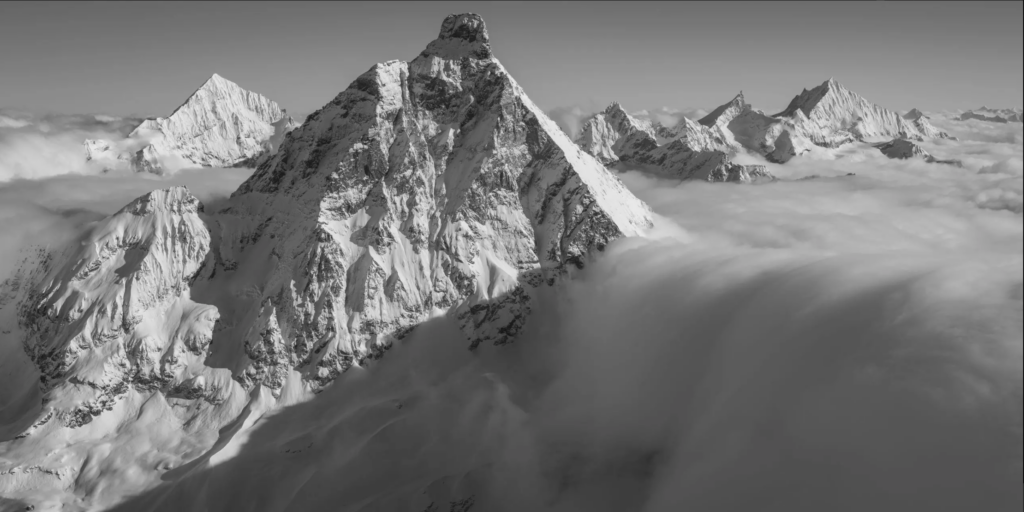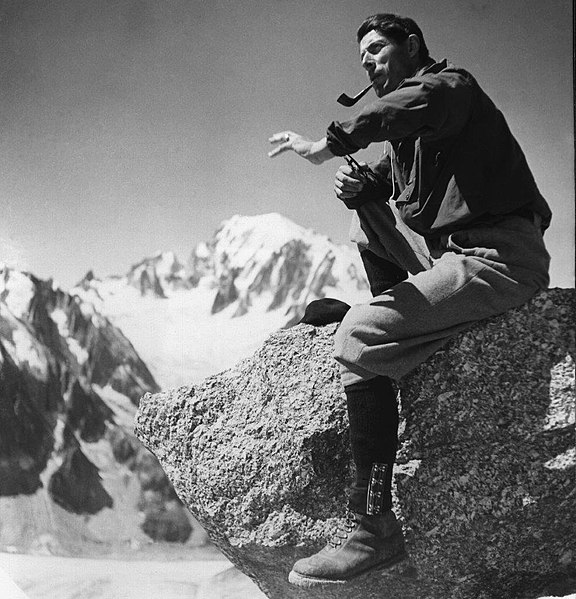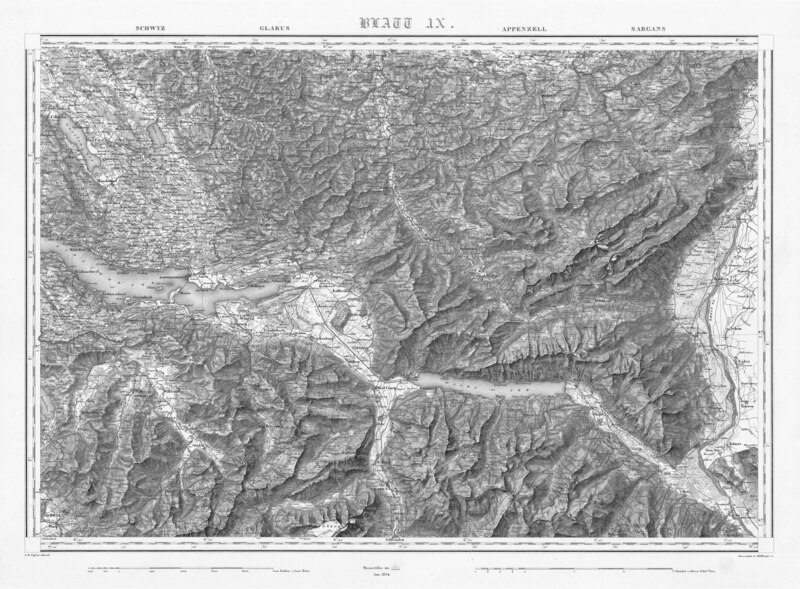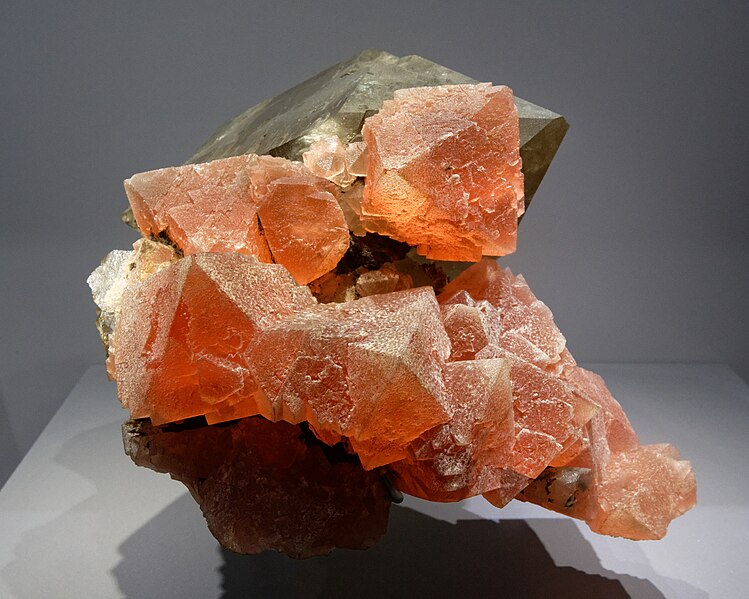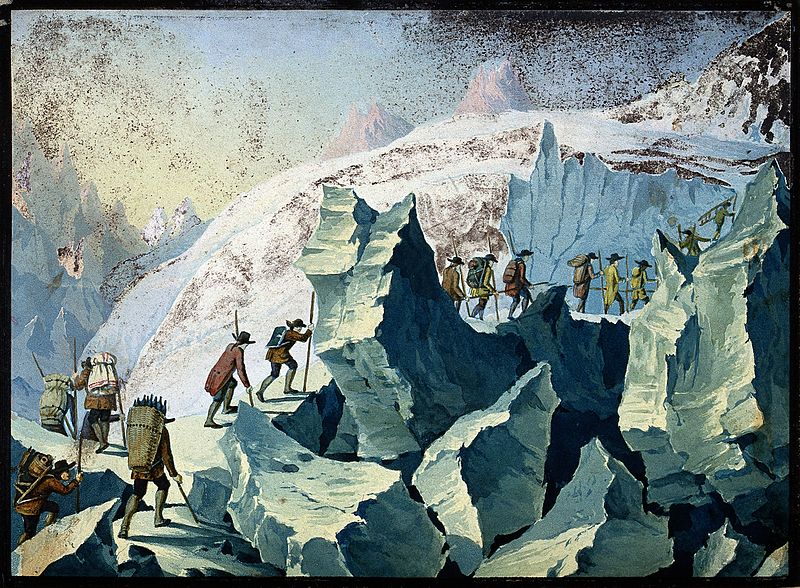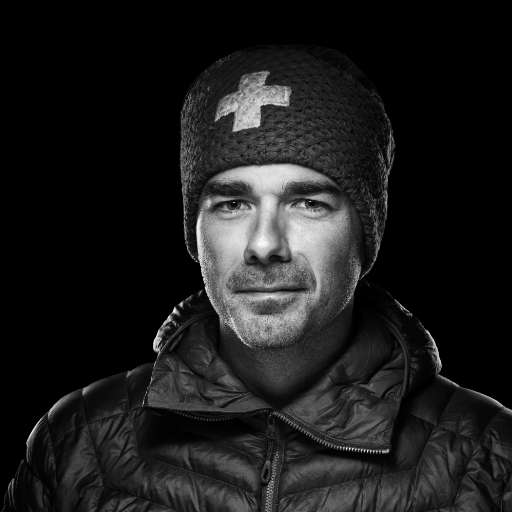An adventurer of the sky with a visionary soul, Eduard Spelterini leads his life as he travels through the air. Guided by the winds, he follows his instincts, across the Alps and around the world. Bold and determined, he wanted to make his mark. This ace balloonist, avant-garde of heights, never ceases to innovate, challenging the obstacles to resist him. His imperishable work is now an invaluable legacy. Portrait of Eduard Spelterini, legendary balloonist and pioneer of aerial photography.
From Eduard Schweizer to the great Spelterini | His youthful dreams
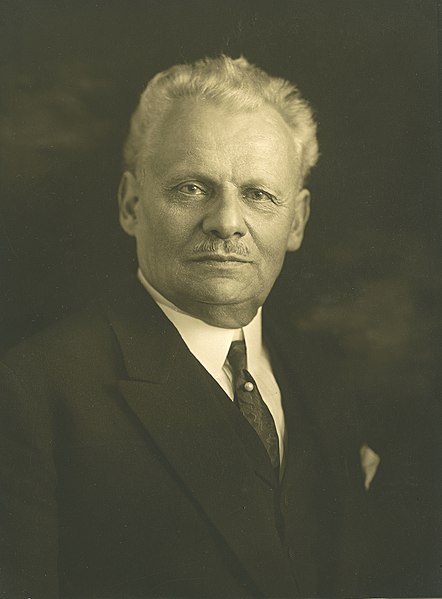
The son of Sigmund Schweizer and Maria Magdalena Sütterlin, the young Eduard was born on 2 June 1852 in Bazenheid, a village in Toggenburg, in the Swiss canton of St. Gallen. Nothing predestined this child of an innkeeper to become a true hero of modern times a few years later, a pioneer of aerostation and an illustrious precursor of aerial photography.
At the age of 8, he left his region to settle with his family in northern Italy, in the province of Como. He then continued his studies in Lugano, in the south of Switzerland, then in Milan, before joining the Paris Conservatory of Music. Eduard Schweizer dreams of singing the greatest opera arias on stage. And when he imagines his future in the spotlight, a desire nags at him, irrepressible and all-consuming: what if he forged a new identity, worthy of his character, charismatic and passionate? It's decided, he will henceforth be called Eduard Spelterini, virtuoso artist with an Italian soul! But, just as he aspires to tread the boards of the stages of Europe, the axe falls, implacable and irrevocable. Severe pneumonia forced him to end his promising career.
Captain Eduard Spelterini | Aeronaut with an artist's soul
Having no choice but to change course, he entered in 1873 the Academy of Meteorological Aerostation of France, located in Paris. After 4 years of study and 17 solo ascents, he obtained his balloon pilot's license in 1877. The tide is turning and Eduard Spelterini intends to mark his time by offering wings to man. In the 1880s, he made commercial flights over Europe and Africa. But, he harbors hopes for more exhilarating adventures. In 1887, his path took a new turn, this time at the height of his wildest ambitions. He entrusted the Parisian company Surcouf with the manufacture of his first balloon, a gas balloon with a yellow silk envelope with a volume of 1500 cubic metres. He baptizes his vaporous companion with the mythical name of a celestial deity, Urania, a muse of astronomy with the scent of odysseys.
On 5 October 1887, Eduard Spelterini took off from Vienna on his first voyage aboard this balloon. This was the first step in an exceptional journey. He then moved to the United Kingdom and joined forces with Leona Dare, an American acrobat and trapeze artist. Together, they offer the public dizzying spectacles, he at the controls of the Urania and she suspended in the void from the balloon's basket. The journalists, invited on board, were won over by their aerial prowess. They performed all over Europe, attracting audiences by the thousands. They savoured their success before ending their performances a few months later.

The Great Eduard Spelterini | Triumph of the balloon around the world
Eduard Spelterini then set off around the world, multiplying his ascents from Paris to London, Bucharest to Athens and Naples to Istanbul. In the spring of 1890, he flew over the pyramids of Giza, symbols of grandeur and magnificence. The craze for balloon flights was so strong at the time Powerful that each of his departures gave rise to festivities. After paying their admission fee, thousands of curious onlookers flocked to Captain Spelterini and his magical machine. Carried along by the melody of lively orchestras, they enjoy themselves and eat as they wait, impatiently and feverishly, for the moment of take-off.
Eduard Spelterini welcomes the intrepid and daring scientists aboard the Urania. The most adventurous members of high society crowd around him. In the air, it offers its guests an unforgettable experience. A great lord and master aeronaut, he plays with danger and climbs on the edge of his gondola to sing an aria. Then, he takes out the champagne and some delicacies to complete the trip.
The crowd was won over by his demonstrations. Realize that man is now flying! Amazed to see the Urania crisscrossing the air like this, the ground-bound audience could only applaud and just dreamed. Because, as he knows, only the elite can one day claim to experience such ascents. Is this observation at the origin of a genius idea? In 1890, Eduard Spelterini decided to photograph the world from above. Since he can't make all his admirers fly, it's up to him to bring back to earth the grandiose beauty of aerial panoramas. But, at the time, of course, the equipment was heavy and bulky. Imagine being able to stabilize a camera weighing nearly 60 kg on the edge of a gondola in flight!
Eduard Spelterini - France | Pioneer of Aerial Photography
The operation was perilous, but the aeronaut rose to this new challenge with flying colours. In 1893, Eduard Spelterini was the first to photograph Switzerland from the air. A pioneer of aerial photography, he takes breathtaking shots both technically and aesthetically. Finally, the world discovers, through its conferences and exhibitions, the Earth seen from the sky! For the first time, the public contemplates the most famous monuments and landscapes as a bird would. Through his works, people travel above the pyramids of Egypt, South Africa, the Alps or their own city as if in a dream. The experience is sensational and fabulous.
Man now has a new outlook on the world around him, becoming more clearly aware of its splendor as well as its reality. From the air show, Eduard Spelterini's work then turned to science. The aeronaut accompanies many scientists, physicists, doctors, geologists and cartographers in the air to conduct experiments. Among his famous passengers, he counted Count von Zeppelin, who consolidated his experience in the handling of aerostats at his side.
Aerial Photography in an Aerostat | Eduard Spelterini's feat at the summit of the Alps
It was in 1898 that Eduard Spelterini achieved his greatest feat. It all started when the geologist Albert Heim suggested that he cross the Alps in a balloon. Such a premiere would be resounding! A real coup de brilliance! And our visionary aeronaut is fond of these lights. Flying an aerostat is not easy, but flying over the high mountains in a balloon is a coup de force! The idea then gradually germinated in his mind. There's no doubt about it: to succeed in such an undertaking, he needs a bigger ball. Thanks to the support of several patrons, he decided to buy the Wega, whose capacity of 3260 cubic meters was twice as large as that of the Urania. A giant of the air to conquer the Alps!
Eduard Spelterini's team will depart from Sion. On 20 September 1898, his hot-air balloon arrived from Zurich in pieces. On the Place de la Planta, our balloonist supervises its assembly. Day after day, it took shape and on September 29, the public saw the creature slowly inflate with hydrogen gases. The Wega alone weighs almost 1500 kg, and the sandbags attached to its belly easily double its weight.
On the morning of 3 October 1898, Eduard Spelterini took off with two scientists and an assistant. A crowd watches the take-off of the Wega, massed in the Plaza de la Planta and in the surrounding houses. The captain ordered the start to the applause and encouragement of an enthusiastic audience, whom she greeted proudly, cap in hand. In just a few minutes, the crew climbs to an altitude of more than 2000 meters.
He plans to cross the Valais Alps to the canton of Uri. However, the unfavourable winds steered his balloon towards the Diablerets massif. From Lake Neuchâtel, it joins the summits before landing around 6 p.m. near Besançon, in the French village of Rivière-les-Fossés. 250 km of an exceptional journey at an altitude of more than 5000 meters during which he does not fail to photograph the most beautiful panoramas. Eduard Spelterini, a precursor of aerial photography, made history by making the first crossing of the Alps in an aerostat.
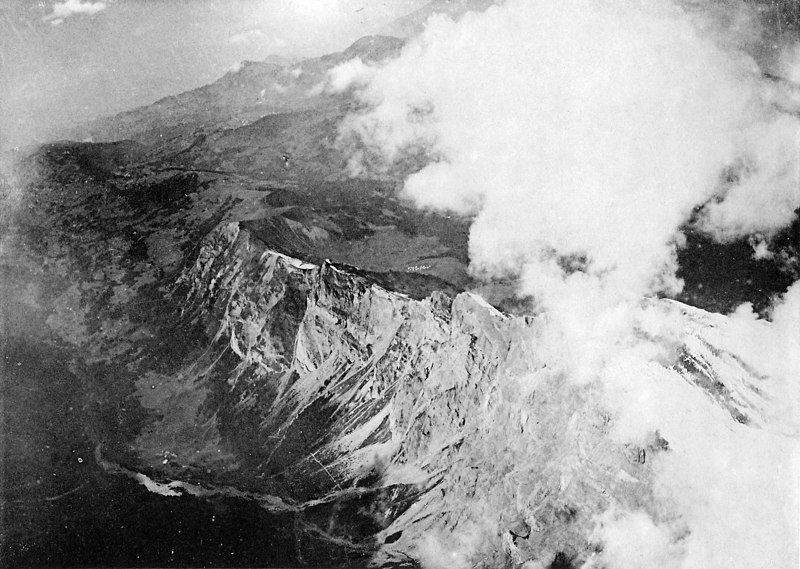
Aerial photographs of Mont Blanc | Exceptional testimony from Eduard Spelterini
A renowned captain, he devoted the following years to pursuing his quest. To fly over the world and immortalize it, to constantly surpass his limits and let everyone know just how beautiful the Earth is. He traversed the Alps in all directions. And, in 1909, he produced an exceptional series of aerial photographs of the Mont Blanc massif.
On August 8, he flew from Chamonix-Mont Blanc with Count de Chateaubriand, Otto Dunker and Frantz Reichel. Eduard Spelterini had every intention of reaching summit , but the winds had other plans for him. The balloon was swept towards the Mer de Glace and the Argentières glacier, before disappearing into the distance. With no news from the crew, doubt gripped the world. Had Eduard Spelterini crashed? Was he dead, forever vanquished by the Alpine giants? The suspense was at its height when, with all hope of ever seeing him again, he finally managed to send a dispatch. On August 10, after flying 160 km over the Alps, he finally landed in the Swiss canton of Ticino.
Eduard Spelterini - France | From the Light of Success to the Shadow of Oblivion
But the tide was turning and Eduard Spelterini was soon living his last hours of glory. Under the murderous fire of the First World War, it was impossible to fly. Borders closed and aerostats remained grounded. Then, it's the plane's turn to enter the light. The new machines are easier to fly, more reliable and more accurate. Hot air balloons can't compete with their state-of-the-art opponents. Aeronauts are falling into oblivion, a page has been turned. Now it's time for the era of motorized aviation.
Eduard Spelterini, a figure of the past, married Emma Karpf in London on 28 January 1914. They then both retired to Coppet, near Geneva. He was hit hard by the galloping inflation of the post-war period and, in 1922, was forced to put on a show in order to survive. A symbol of a bygone era, he poses for photographs in Copenhagen's Tivoli Gardens and plays captain aboard a tethered balloon that offers visitors short ascents. The audience is delighted to get a taste of the adventure, but they find the task futile and humiliating. After all the expeditions he has led, the successes he has achieved, and the honours he has received, how could he have sunk so low! It's the end of representations, he returns to the shadows, sheltered from disillusionment and bitterness.
To end his career as he led it, combining bravery with audacity, he embarked on a final journey with panache. In 1926, he rented a balloon with the help of friends and took off from Zurich. But, in mid-flight, he loses consciousness. Luckily, his passenger managed to land in Vorarlberg, Austria. But, it was the last time Eduard Spelterini set foot in a ball. He moved to Austria, to a farm in Zipf, near Vöcklabruck, and lived off the sale of eggs from his 300 hens. Captain Spelterini, a hero of the sky acclaimed by crowds, a pioneer of aerial photography and a legendary aeronaut, bowed out on 16 June 1931 in total anonymity.
Aerial photographs by Eduard Spelterini | A unique collection
Nowadays, satellites, planes, helicopters, microlights or paramotors, tethered balloons, drones or kites are all ways to take to the skies to photograph the most beautiful perspectives from the sky. Aerial views are part of our daily lives and their uses are diverse, documentary, scientific, military or artistic. The time for risky and hectic adventure is over, but Eduard Spelterini's photographs fascinate us as they did from the beginning. His legacy is unique and priceless. More than 100 years ago, he traveled the world presenting his work at exhibitions or slide projections. Receiving a standing ovation from the public and critics, he won several prizes at the Milan, Paris, Brussels and Frankfurt air exhibitions.
Eduard Spelterini's aerial photographs were forgotten for a time until one day in 2007 when they were identified among the federal archives. 130 photographs taken between 1893 and 1924 have resurfaced. Glass Plates and prints are now kept in the Prints and Drawings Department of the Swiss National Library. The prints can be viewed on site, while the glass plates, digitized in high definition, are freely available on Wikimedia Commons. They can also be viewed in the online database of the National Library's holdings (HelveticArchives).
Eduard Spelterini's aerial photographs leave their mark on history. In addition to paving the way for new projects, they offer a new perspective on our landscapes, and in particular on the Alpine reliefs. In addition to their documentary interest, they fall within the scope of Art. Eduard Spelterini appropriates the space and plays like a true virtuoso with light and shadow. He manages to capture the portraits of the most beautiful cities in Europe as well as the most famous monuments and sublimates the contours of the landscapes he flies over.
Aerial Photographs of the Mer de Glace | A precious legacy of Eduard Spelterini
But, above all, his photographs bear witness to a thousand-year-old history that is fading before our eyes. That of the high mountains and their glaciers, eternal snows that are now fleeting. His images of the Mer de Glace, taken in 1909, are a damning testimony to his inexorable decline. A precious heritage that nevertheless leaves us very bitter. When he achieved the feat of traversing the Mer de Glace in this way, Eduard Spelterini did not imagine that glaciers would be a major issue in environmental science 100 years later. He never thought that these rivers of ice would suffer so much from global warming.
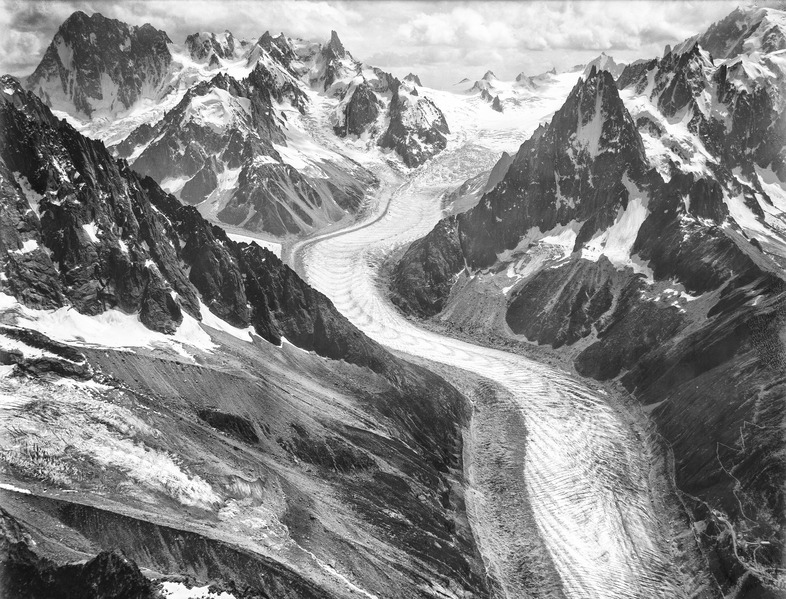
In recent years, technology has taken over the photographs he took above Mont Blanc. Thanks to photogrammetry, a 3D representation of his expedition has emerged, giving an incredible glimpse of the Alpine landscape as it looked in 1909. Then, in 2017, a team from the University of Dundee retraced the route of this historic flight, this time by helicopter. Using the GPS coordinates revealed when Eduard Spelterini's photographs were digitized, researchers and photographers were able to take photographs equivalent to his.
The 3D reconstruction resulting from this new exploration is irrevocable. Even if there are many studies on the subject, seeing both panoramas in this way confronts us with the frightening reality. The phenomenal regression of the Mer de Glace, vertiginous and desolate, awakens our consciences. When they arrive at the Montenvers train station to contemplate it, tourists now overlook a valley at the bottom of which the glacier is trying to survive. At this location, the ice level has dropped by 100 metres since 1909. The observation is heartbreaking and shows us, if it were still needed, how essential and overwhelming the photographic heritage bequeathed to us by Eduard Spelterini is.
Eduard Spelterini was one of the greatest balloonists of his time. During his remarkable career, he made nearly 570 flights in Europe, Africa and the Middle East. Endowing the man with fervent wings, he paved the way for both heroic pilots and valiant photographers. And even if our memories have erased the imprint of his brilliant career, his work remains, dazzling and painful. Like the heritage of the Alps, a wonder of nature with indelible scars.
